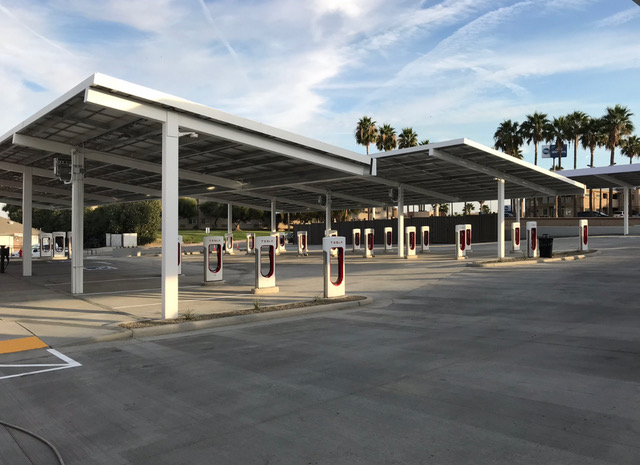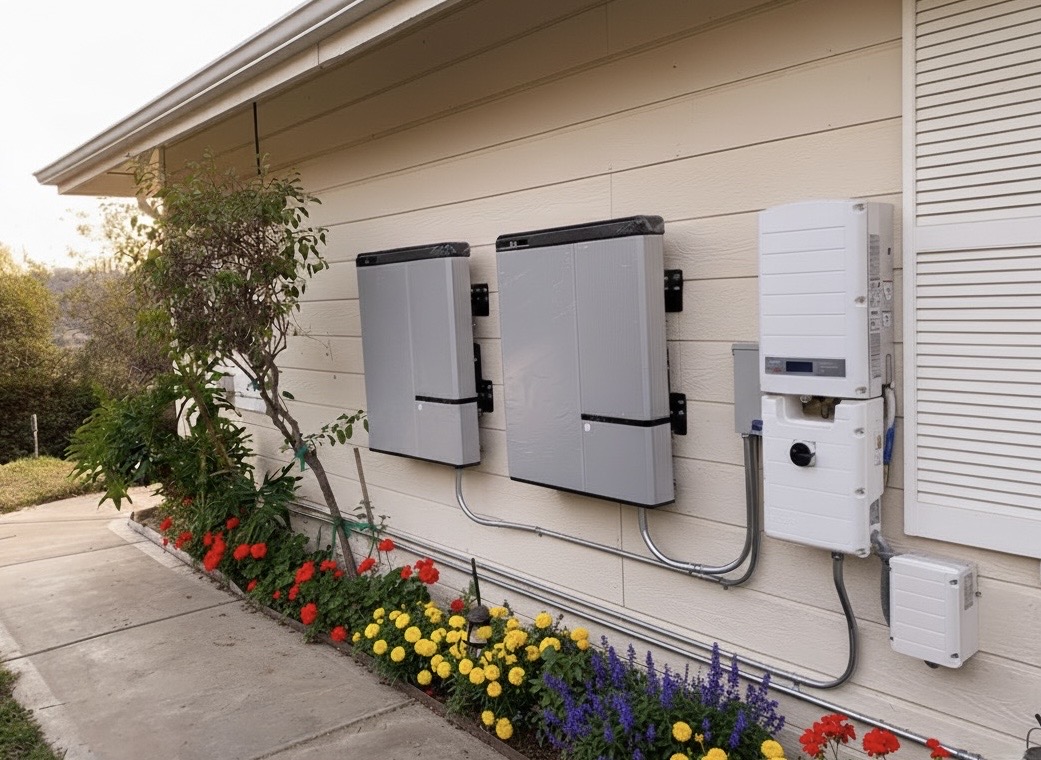Commercial Electrical Safety Inspections in Atwater Village
From the storefronts along Glendale Boulevard to creative warehouses near Casitas Avenue and the LA River Bike Path, Atwater Village businesses rely on safe, reliable power every day. Shaffer Construction, Inc. delivers thorough Commercial Electrical Safety Inspections tailored to how shops, studios, eateries, and offices operate here. We combine hands-on expertise with advanced testing—like thermal imaging and load analysis—to uncover issues before they disrupt your work. Whether you manage a caf\u00e9 near the Hyperion Bridge or a studio space by Atwater Crossing, our inspection delivers a clear, prioritized report that helps you plan repairs, protect staff and customers, and meet code requirements without guesswork.
Our Work



Benefits
Safeguarding Future Operations
We future-proof your electrical system by combining infrared thermography with data-driven insights. Our team deploys portable power-quality analyzers, smart submetering, and cloud-based reporting so you can track peak demand, identify phase imbalance, and plan upgrades. We digitize panel schedules and single-line diagrams, label equipment with scannable QR codes for fast access to records, and flag capacity margins for EV chargers, kitchen expansions, or additional A/V gear. The result is a safer system today and a clear roadmap for tomorrow—without overspending.
Expertise in Local Compliance
Shaffer Construction handles compliance end-to-end. We align inspections and corrections with the California Electrical Code (based on NEC), Title 24 lighting controls, CALGreen (Part 11), and LADWP service requirements. When repairs require permits, we prepare scope documents, pull LADBS permits, schedule inspections, and close out corrections. We verify AIC ratings, grounding and bonding per CEC 250, and GFCI/AFCI protection where required, ensuring your business is inspection-ready and documentation is audit-friendly for insurers and property managers.
Detailed, Reliable Assessments
Our licensed electricians rely on proven methods and high-quality materials: copper THHN/THWN-2 conductors, listed fittings, NEMA-rated enclosures, and compression lugs torqued to manufacturer specs with calibrated tools. We use FLIR thermal imaging, Fluke meters, and insulation resistance testing where appropriate. Clear, durable panel directories and color-coded circuit markers reduce future service errors. Every recommendation prioritizes safety, code compliance, and reliability—never upsells you don’t need.
Customized Inspection Planning
We start with a discovery call to understand your occupancy type, hours, critical loads, and past issues. On-site, we review existing plans (if available), walk the space, and tailor the inspection to kitchens, rooftop equipment, signage, studios, or office IT rooms. For multi-tenant buildings, we coordinate with property management and schedule off-hours to minimize impact. Our report ranks risks (critical, high, moderate), attaches photos and thermal images, and outlines corrective options with timelines and budget ranges.
What We Offer
Frequently Asked Questions
How long does a commercial electrical safety inspection take in Atwater Village?+
Most small retail suites and cafes take about 3–5 hours, while multi-tenant spaces or larger studios/warehouses may require a half to full day. We schedule around business hours—early morning, late evening, or weekends—to minimize disruption and capture thermal data under typical operating loads.
Do I need a permit for an electrical safety inspection in Los Angeles?+
Generally no—an inspection itself doesn’t require a permit. If we find issues that need correcting, many repairs do require LADBS permits. We’ll document the findings, outline the scope, and handle permit applications and inspections, keeping you compliant without extra paperwork on your end.
Will the inspection disrupt my business operations?+
We plan inspections to be minimally disruptive, often outside peak hours. Brief power-off windows may be needed for safe panel access or testing. We coordinate in advance with staff and tenants, post signage as needed, and can stage the inspection area-by-area to keep your operation running.
What’s included in the inspection report?+
You’ll receive a photographed report with thermal images, test results (GFCI/AFCI, load/voltage measurements), grounding/bonding status, Title 24 lighting control checks, and a risk-ranked list of findings. We include correction options, budget ranges, and whether permits are required for each item.
How often should a commercial space be inspected?+
Annually is a good rule of thumb for most small commercial spaces, with semi-annual checks for kitchens, studios with high electrical loads, or facilities with rooftop equipment exposed to heat. Infrared scans are especially valuable before summer to catch heat-related issues early.
Ready to Get Started?
Contact us today for a free consultation and quote on your electrical project!
Contact Us